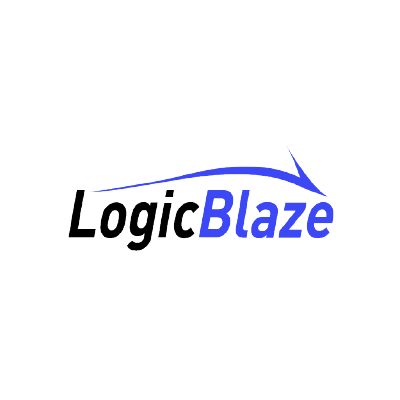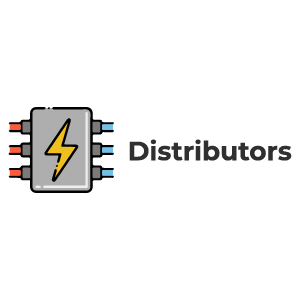LogicBlaze Fuse, USA
CLIENTS
Exist developed the first open source Service Oriented Architecture platform, LogicBlaze Fuse, which was acquired by Iona, and subsequently acquired by Progress Software in 2008.

App Features
Project: LogicBlaze Fuse
Technology Used: J2EE, JMS, SOA
Environment/Industry: Software
Size of the Project: 5 software engineers
Duration: 2 years
Type of deliverable/s: Software Application
Type of engagement: Software engineering, Technology Support, Consulting
Exist and LogicBlaze proved that open source can be commercialized with components selected for the FUSE platform are all from open communities that demonstrate active member participation and vigorous development cycles. A basic rule is that the more activity surrounding a project, the more likely there is a healthy rate of development and innovation. There is also a high probability that end users are contributing feedback that might be incorporated as additional features, bug fixes, defect resolutions, etc. in the future.
Exist provided technical support in maintaining all contributor feedback and incorporating them in succeeding releases of FUSE.
Illustration 1 – The LogicBlaze FUSE Enterprise Service Bus (ESB)
Generally, an ESB serves as a middle tier between service consumers and providers by mediating connectivity between the two. From a service consumer’s perspective, the only connection that is made is to the bus itself; nothing is known about the actual service implementation or the provider.
At the core of Exist’s support and development of LogicBlaze FUSE is Apache ServiceMix Enterprise Service Bus (ESB). In addition to supporting the Java Business Integration (JBI) specification, the ServiceMix ESB supports communication over standardized protocols such as HTTP, JMS, and FTP among others. This allowed decoupling the service view from the actual implementation, which significantly increases the flexibility of the architecture. Service providers can be substituted for one another without causing interruptions to consumers.
Illustration 2 – The LogicBlaze Fuse Structure
SOA is often summarized as the more nimble successor to the previous generation of business integration technologies, such as enterprise application integration (EAI). While it is true that integration architects who had previously implemented EAI tend to focus on SOA these days, the migration from EAI to SOA is only one part of the SOA picture.



